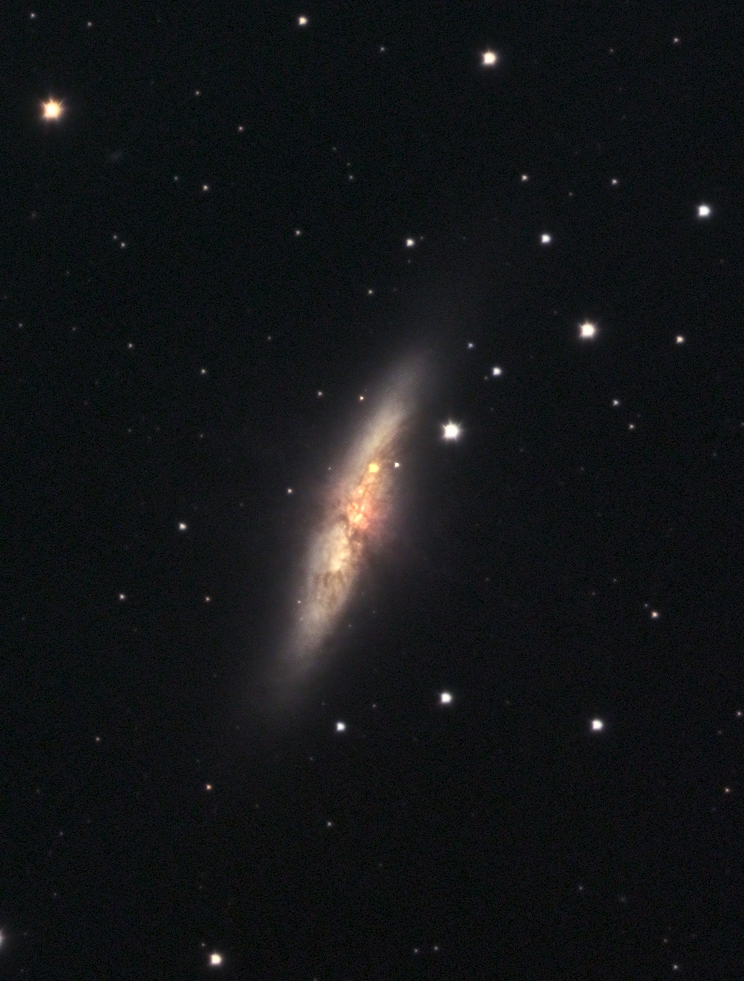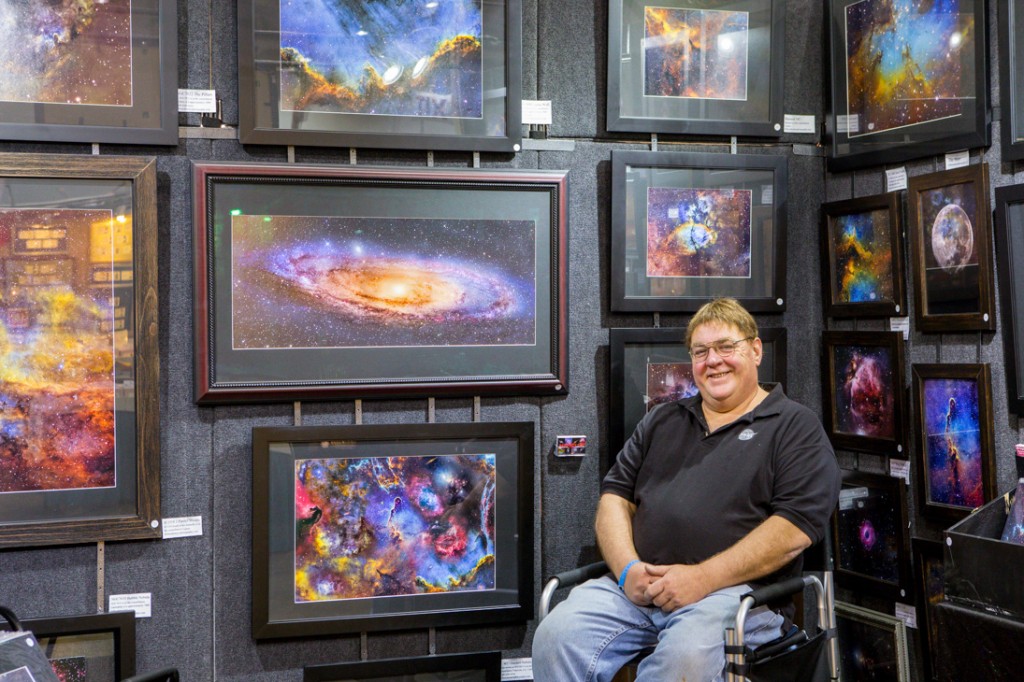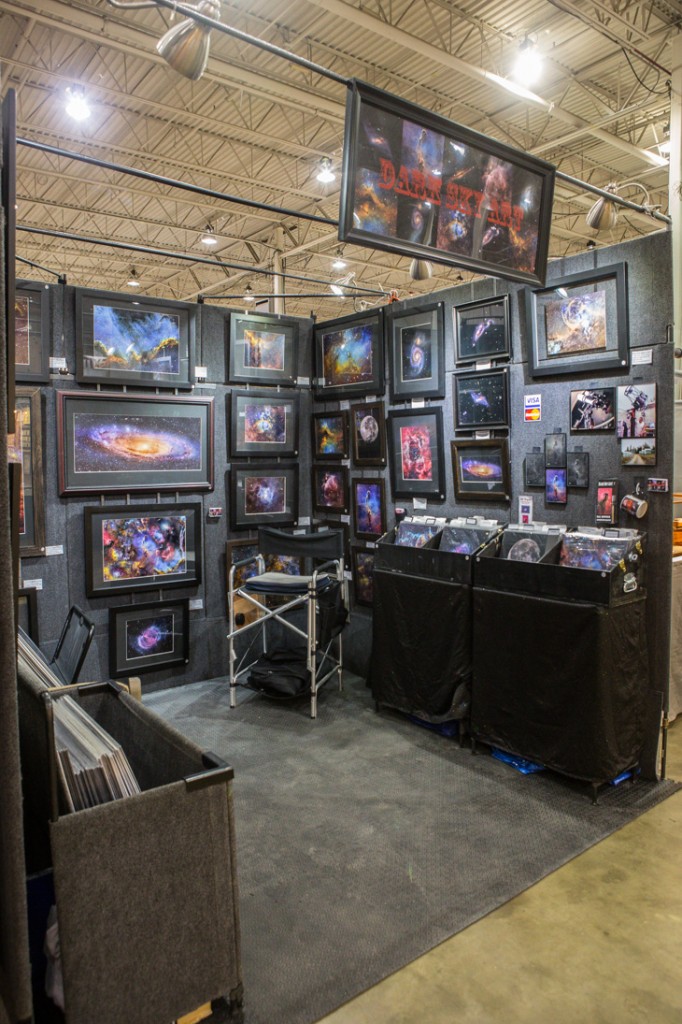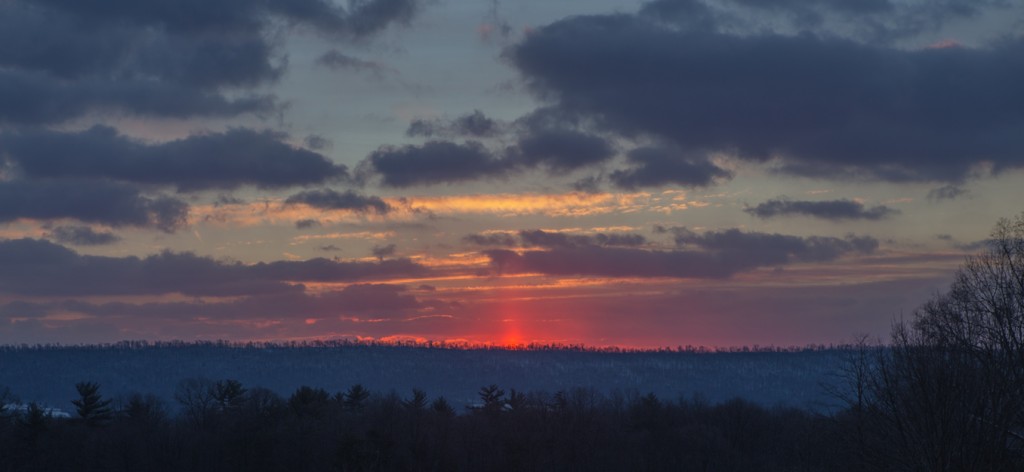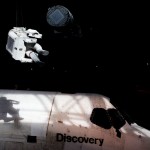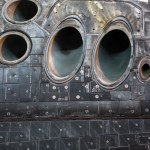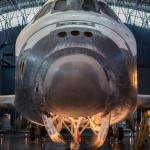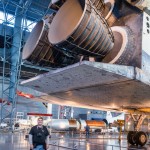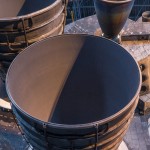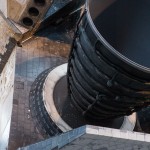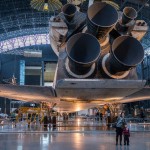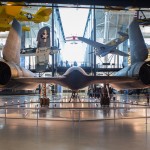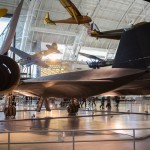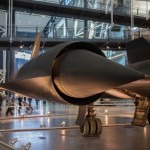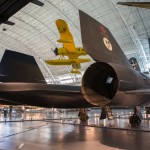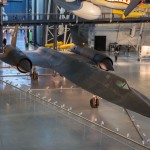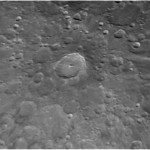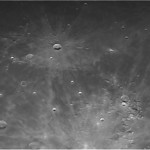NEAF 2014 was held April 12-13 in Suffern, NY and is a sponsored event put on by the Rockland Astronomy Club. This was my 3rd visit to NEAF. Here are a few pictures of the trade show:
Playing around with a Stellarvue SVQ100 Astrograph with a Lumenera Lu070 monochrome video camera and a 5X Televue Powermate tonight. A quick stack and sharpen to see what I got. They need some more time processing but doesn’t look too bad for an astrograph.
For more information: Supernova in M82 Fades and Reddens
Working on a redesign of my imaging rig to incorporate an AP130EDT f/8 refractor for narrowfield imaging alongside the FSQ widefield setup. This was a test shot through the scope using an Apogee U8300 and Baader Ha filter to prevent saturating the chip.
- Luna 14-Jan-2014
Being unemployed gives me a little more time to travel the countryside and give Bill Snyder a hand with his Astrophotography booth at some Art Festivals. The show ran Dec 13th-Dec 15th, thankfully indoors unlike the last show where we nearly froze to death. It’s a great opportunity to talk astronomy with the general public and get a snapshot of who is interested in astronomy.
Here are a few pictures of the King of Astrophotography, Bill Snyder. He forgot to pack his cape and crown 🙂
Space Shuttle Discovery
SR-71 Blackbird
- IC 1396 – The Elephant Trunk
FSQ-106ED
Apogee U16
AP900GTO Mount
MMOAG w/ ST-402
9.5 Hours Total Exposure
Baader Ha, O[III], S[II] filters
The Elephant’s Trunk nebula is a concentration of interstellar gas and dust within the much larger ionized gas region IC 1396 located in the constellation Cepheus about 2,400 light years away from Earth.[1] The piece of the nebula shown here is the dark, dense globule IC 1396A; it is commonly called the Elephant’s Trunk nebula because of its appearance at visible light wavelengths, where there is a dark patch with a bright, sinuous rim. The bright rim is the surface of the dense cloud that is being illuminated and ionized by a very bright, massive star that is just to the west of IC 1396A. (In the Figure above, the massive star is just to the left of the edge of the image.) The entire IC 1396 region is ionized by the massive star, except for dense globules that can protect themselves from the star’s harsh ultraviolet rays.
The Elephant’s Trunk nebula is now thought to be a site of star formation, containing several very young (less than 100,000 yr) stars that were discovered in infrared images in 2003. Two older (but still young, a couple of million years, by the standards of stars, which live for billions of years) stars are present in a small, circular cavity in the head of the globule. Winds from these young stars may have emptied the cavity.
The combined action of the light from the massive star ionizing and compressing the rim of the cloud, and the wind from the young stars shifting gas from the center outward lead to very high compression in the Elephant’s Trunk nebula. This pressure has triggered the current generation of protostars.[2]
I spent a little time playing around with the 8″ SCT and a 640×480 monochrome CCD to capture some lunar shots before the clouds get us for a while. These are full spectrum unfiltered monochrome images at 60 fps each image composed of about 2000-2500 frames whittled down to the best 1% and stacked in Autostakkert and Wavelet processed in Registax. The images were 1.5X drizzle processed to increase their size a little. A 640 x 480 pixel CCD is great for planetary but it doesn’t produce a very big lunar image.
- Luna01
- Luna02
- Luna03
- Luna04
- Luna05
- Luna06
- Luna07
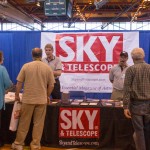
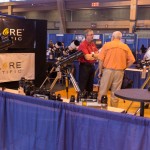

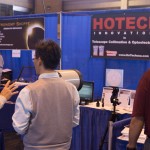
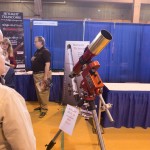
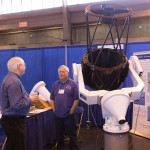
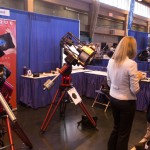
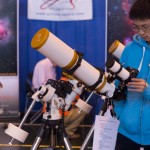


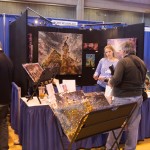
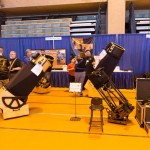
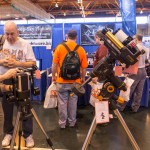
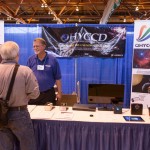

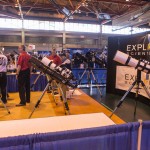

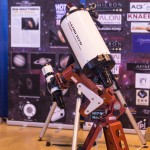
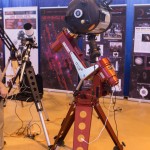
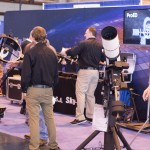
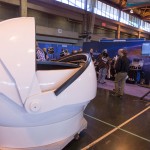
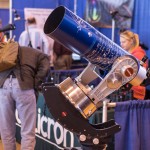
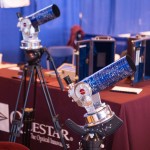

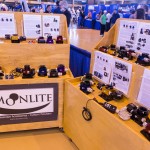
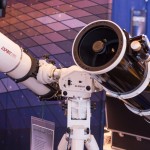

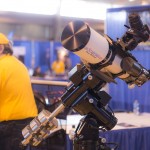
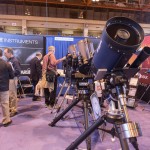
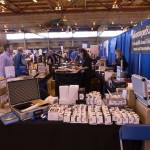

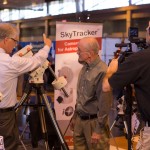
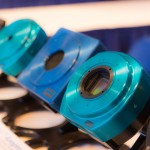
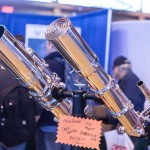
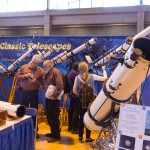

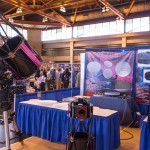

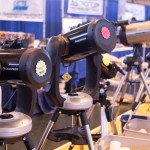

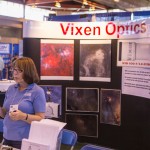
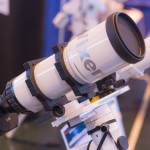
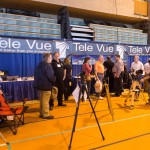


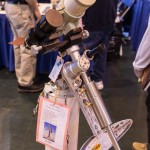

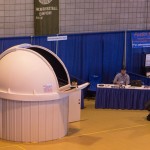
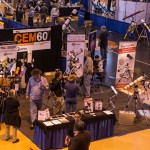

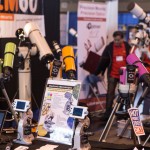
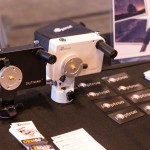
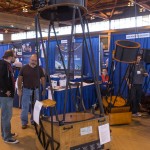



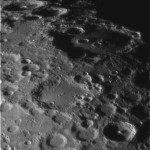
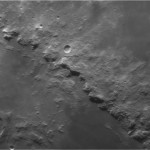
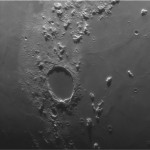
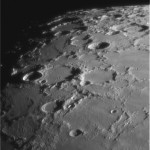
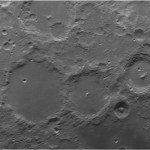
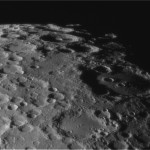
![NGC 2175 AP130EDT w/ 0.75X Reducer (f/6.3) Apogee Ascent A694 CCD Baader Narrowband Filters 7x20min Ha 10x20min O[III] 9x20min S[II]](http://www.celestial-imaging.com/wp-content/uploads/2014/04/NGC-2175-Crop.jpg)
